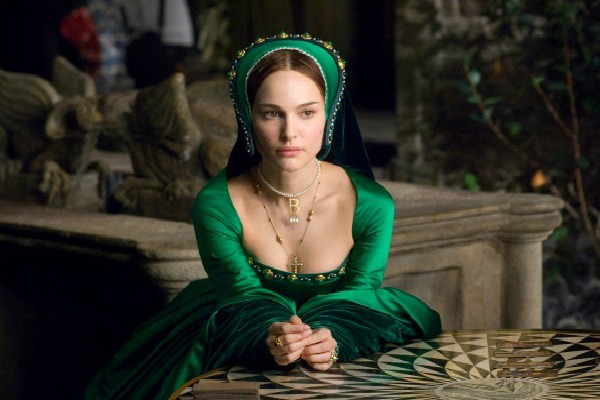Anne Boleyn, the second wife of King Henry VIII, served as queen of England in the 1530s. She was executed on charges of incest, witchcraft, adultery and conspiracy against the king.
She was the second wife of King Henry VIII — a scandalous marriage, given that he had been denied an annulment from his first wife by the Roman Church. Thusly, King Henry VIII broke from the Church to marry Anne. She gave birth to a daughter, but could not conceive a son. On May 19, 1536, Boleyn was executed on false charges of incest, witchcraft, adultery and conspiracy against the king. Her daughter, Elizabeth, emerged as one of England’s greatest queens. Boleyn died on May 19, 1536, in London, England.
Boleyn had become one of the most admired ladies of the court, attracting the attention of many men. The king himself fell in love with the young maid. What is known is that Boleyn’s sister, Mary, one of the king’s mistresses, had introduced her to Henry VIII and that the king wrote love letters to Boleyn, circa, 1525. In one of the king’s letters, he wrote: “If you … give yourself up, heart, body and soul to me … I will take you for my only mistress, rejecting from thought and affection all others save yourself, to serve only you.” Boleyn replied with rejection, however, explaining that she aimed to be married and not be a mistress: “Your wife I cannot be, both in respect of mine own unworthiness, and also because you have a queen already. Your mistress I will not be.” Boleyn’s response surprised Henry VIII. He badly wanted a son, and Catherine of Aragon had not born a male child. But Henry was desperate to have Boleyn, so he quickly configured a way to officially abandon his marriage with Catherine. Anne discovered that she was pregnant in early 1533. Without the blessing of the pope, on January 25, 1533, Henry and Boleyn quickly married in a secret ceremony led by Thomas Cranmer, archbishop of Canterbury. Queen Anne gave birth to a daughter, Elizabeth I. In 1534, Archbishop Cranmer decreed Henry’s marriage to Catherine Aragon invalid because she was the king’s sister-in-law. As he had with Catherine, Henry blamed his adulterous behaviour on his mission to have a son and heir to the throne and became increasingly frustrated by his wife’s questions. Permeated by resentment and hostility, the marriage quickly fell apart.
After Boleyn gave birth to a stillborn male child, Henry VIII he had Boleyn detained at the Tower of London on several false charges, among them adultery, incest and conspiracy. It is believed that Thomas Cromwell, Chief Minister to the King and Boleyn’s former friend, plotted her downfall. Boleyn went to trial on May 15, 1536. In court, she remained level-headed and articulate, calmly and clearly denying all of the charges against her. Boleyn was taken to the Tower Green in London, England, for her execution.
Her ermine mantle was removed and Boleyn removed her headdress. She kneeled down and was blindfolded. With one swift motion, she was beheaded. Her head and body were buried in an unmarked grave. Within days of Boleyn’s execution, Henry VIII and Jane Seymour were formally wed. The daughter of Henry VIII and Boleyn, Elizabeth I, would later emerge as one of England’s most revered queens.
Miriam Musumeci, III BL
